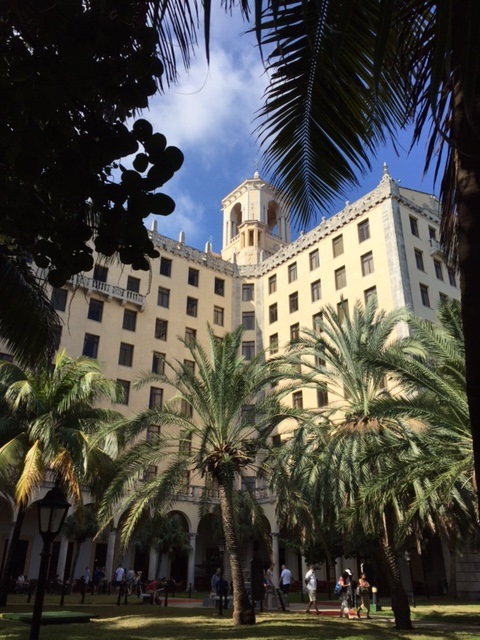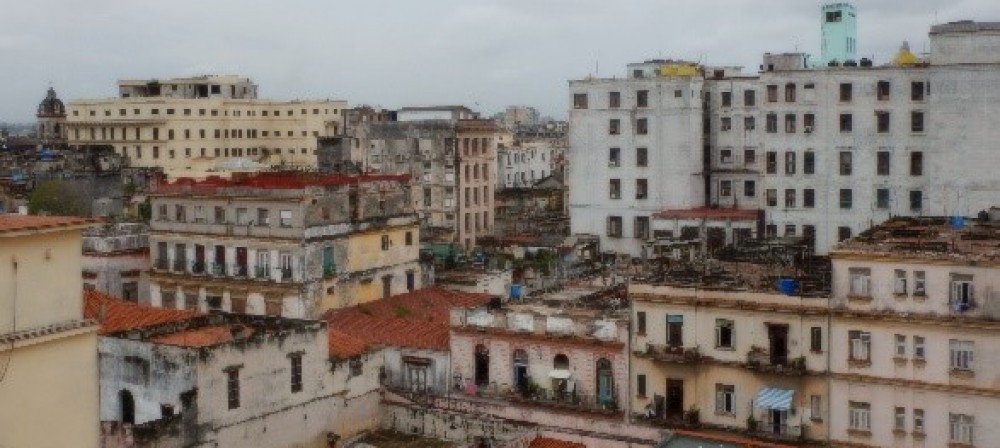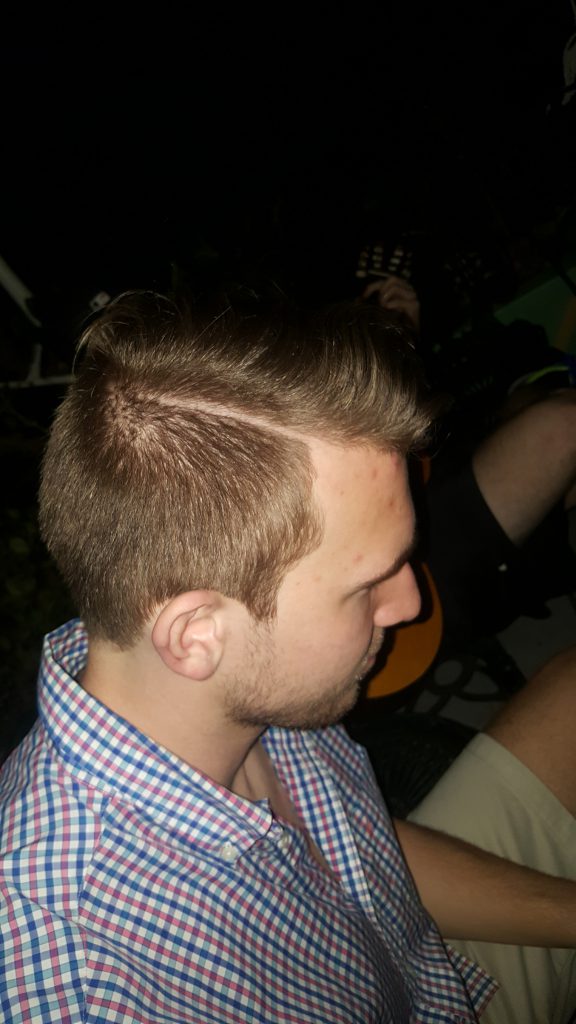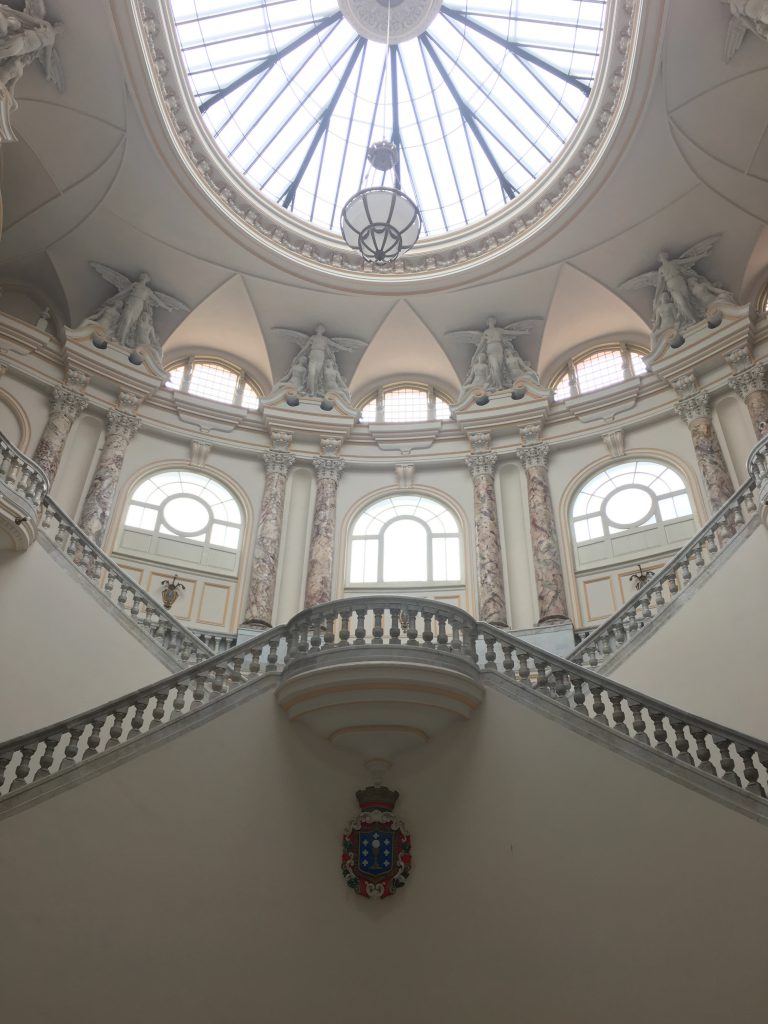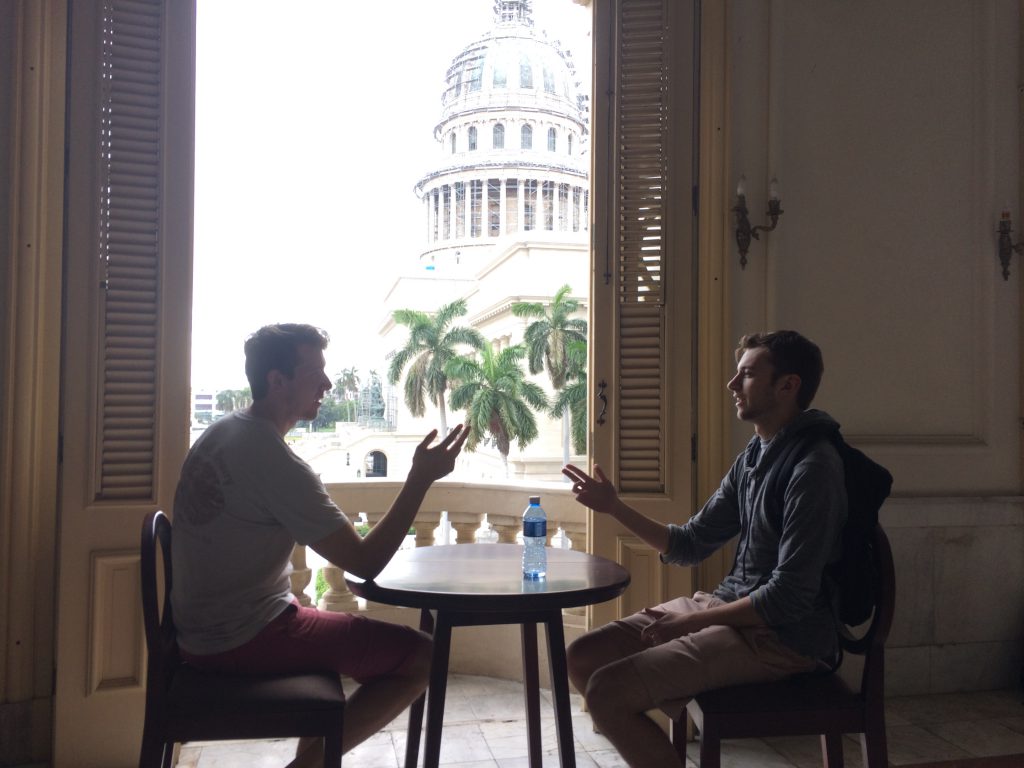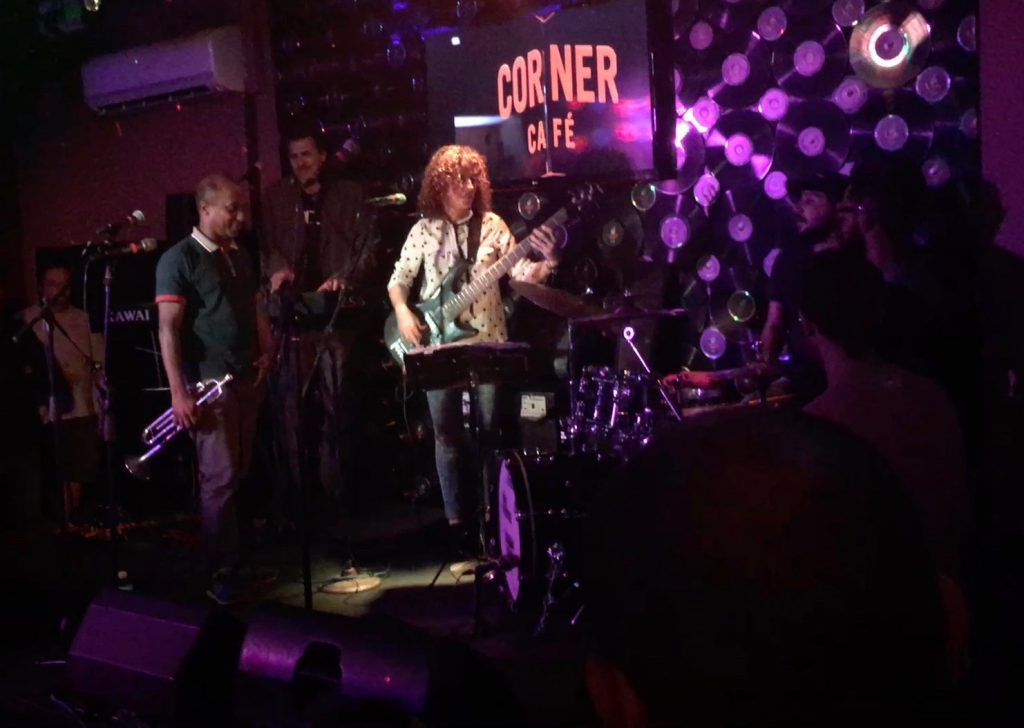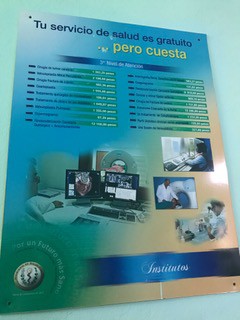A lot was going through my mind as I watched the large Caribbean island of Cuba disappear from the view of my plane. This had been my first time leaving the United States, and I still haven’t fully processed the experience. As Cuba disappeared from view I thought back to when I first laid my eyes on the island. For someone who almost never flies, landing on an island and seeing a different world from a bird’s eye view had been an incredible experience. Despite the sheer terror I felt hoping the plane wouldn’t crash (it was a very smooth ride), I had felt something unlike I ever had before. This feeling remained present but had a tendency to evolve as the trip progressed, but can only be expressed through details of my experience rather than by a simple word.
I stepped off the plane in Cuba and instantly everything was different. The airport lacked much of what I had been accustomed to seeing in the United States and my knowledge of Spanish beyond the word “gracias” was non-existent. I found myself in a daze, partially due to only receiving a couple hours of sleep but mainly due to my unfamiliar surroundings, as I exited the airport and was surrounded by a new world. Everyone in our group was fairly quiet that day, perhaps because of a mix of awe and as well as the fact that we had only recently met. The bus ride into Havana, however, was the first real tease of what was to come. As we rode deeper into the city and were bombarded by sights massive posters of Fidel regarding the revolution, old cars only seen in period piece films, and weathering buildings each with their own personality. For the first time I became fully aware that not all nations are even close to being similar to our own.
Keep in mind, this was my first time leaving the country, and yes I’ve been told that Cuba is quite the place to do it. Being in this richly cultured and vastly different society felt very much like I was walking through a dream. Of course, this could be due to the fact that I was averaging four hours of sleep a night, but I assure you that there is a palpable feeling while present in this country that I truly cannot put my finger on. I can, however, recall moments where this feeling was particularly strong. I felt it as I stood like a cockroach amidst massive structures tributes to polarizing people in the revolution square, as I sped down the Malecon in an ancient pink convertible at night watching furious waves crash upon battered streets, and as I sat on the rooftop of our residencia, overlooking the city and smoking a thick Cuban cigar. On this island is a forgotten nation that is alive and seeking a chance to thrive.
 The more time we spent in Cuba the more I tried to identify this feeling I had. I found that much of it could be embodied in both Castro’s revolution and the man, the myth, the legend: Jose Marti. So much of Cuba’s identity is these two things, so it should come with no surprise that they contributed to this feeling I keep referring to. But why? I knew nothing about the great Jose Marti before entering Cuba, but I can assure you, spend one day in Cuba and you will hear tales of his brilliance, writing, and ideal character. In fact, he was Fidel’s inspiration for the revolution, an event that many Cubans still regard as their greatest victory and their first real step towards becoming a competitive global nation.
The more time we spent in Cuba the more I tried to identify this feeling I had. I found that much of it could be embodied in both Castro’s revolution and the man, the myth, the legend: Jose Marti. So much of Cuba’s identity is these two things, so it should come with no surprise that they contributed to this feeling I keep referring to. But why? I knew nothing about the great Jose Marti before entering Cuba, but I can assure you, spend one day in Cuba and you will hear tales of his brilliance, writing, and ideal character. In fact, he was Fidel’s inspiration for the revolution, an event that many Cubans still regard as their greatest victory and their first real step towards becoming a competitive global nation.
Regardless of how brief this overlook of my experience in Cuba is, I still admit it to be incredibly vague. I assure you this is by no means evidence of a lack of substance during my trip, for it was quite possibly the most incredible experience of my life. The reason I have been so vague is simply because there is no way to put into words in such a short amount of time what I experienced. In fact, I am still taking it all in today. However, one thing I can say is that leaving that island on a plane I felt that I had just discovered a hidden gem that not only deserves, but is desperate for its chance to shine. To anyone who may be reading this, I encourage you to check out this nation yourself, and if you can identify a word for the feeling I described please let me know.